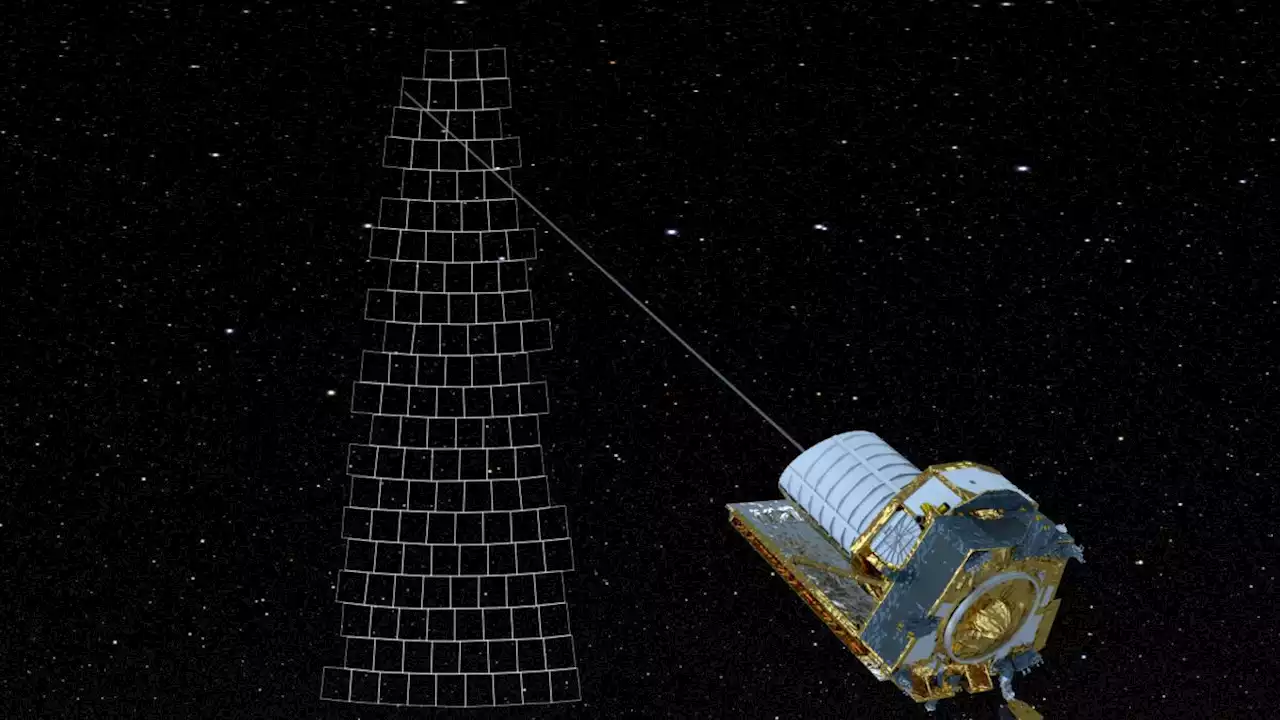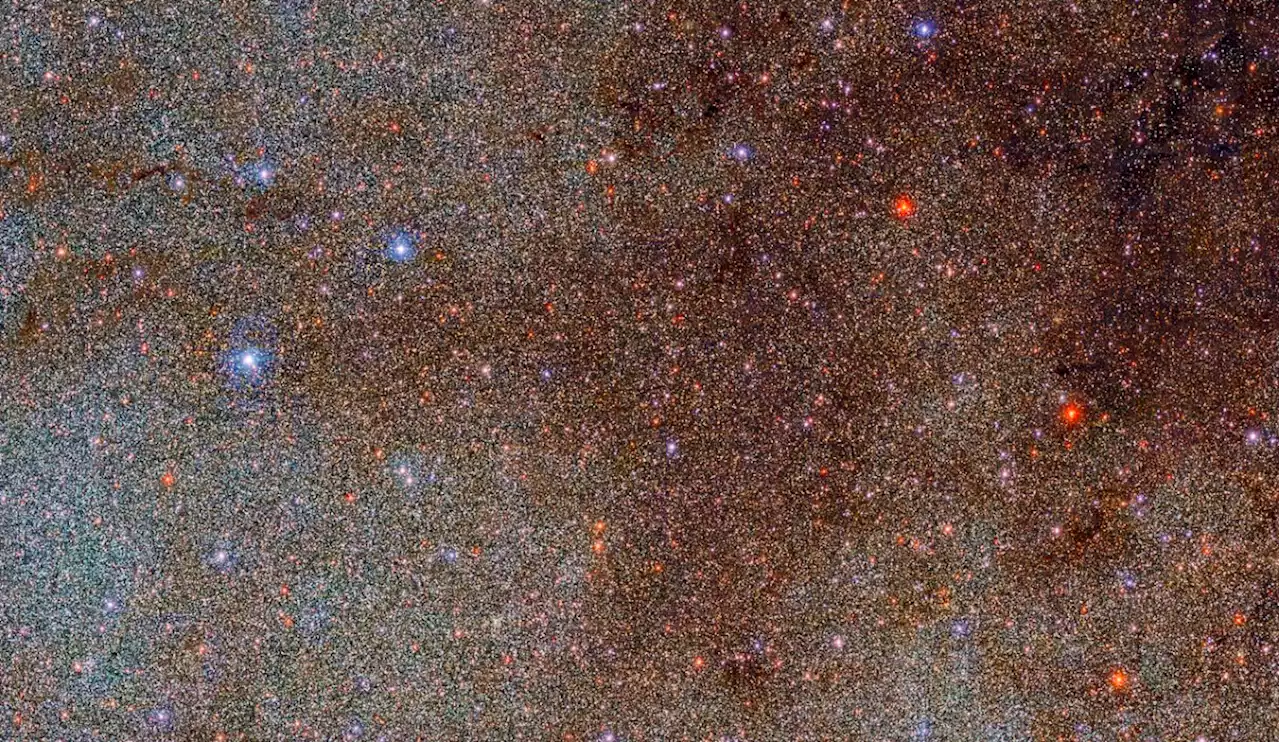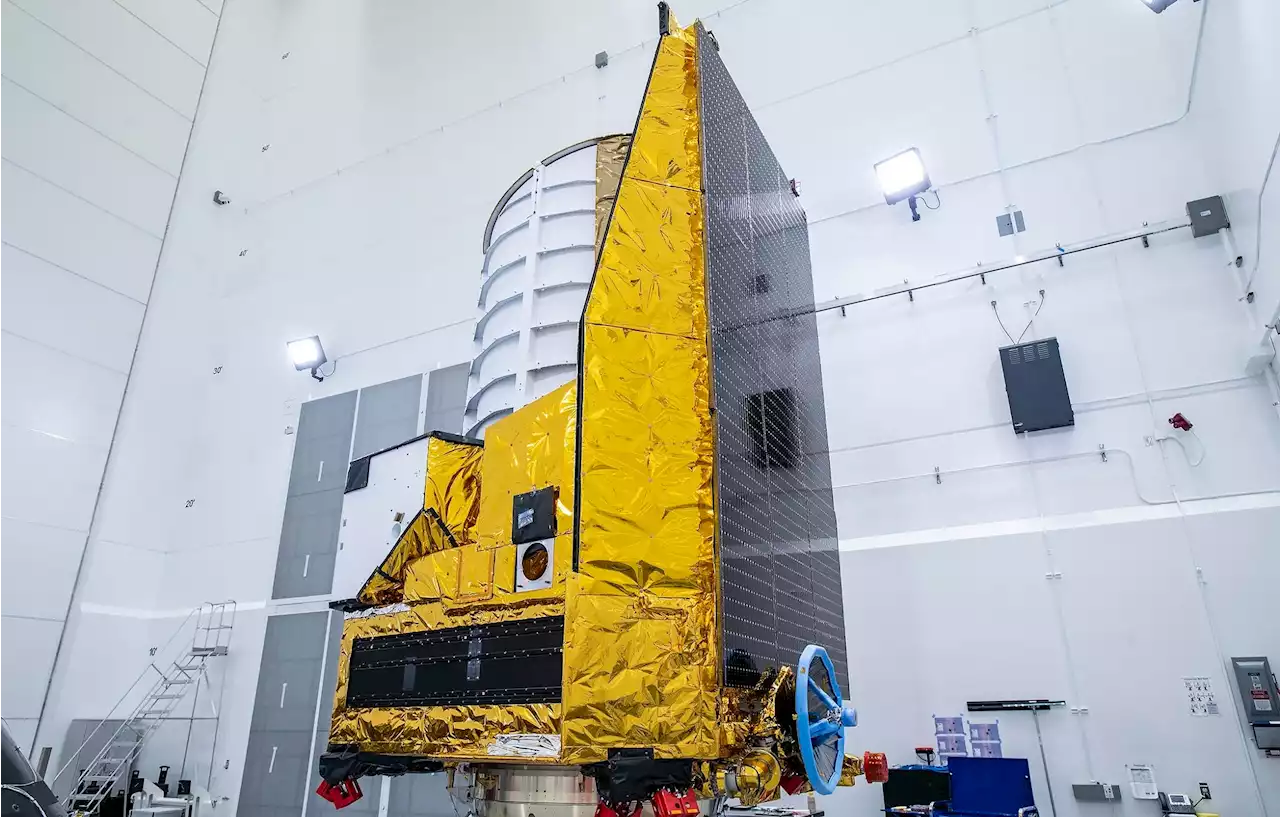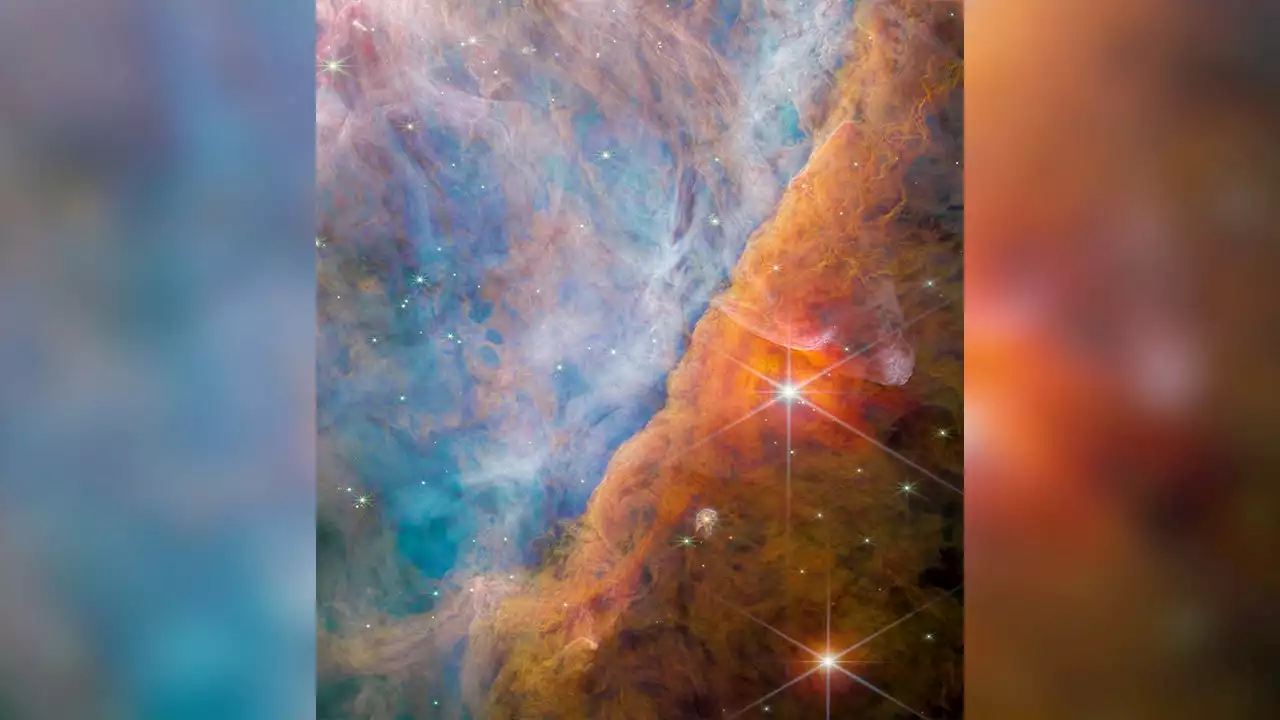The Euclid mission will probe dark energy and dark matter like never before, setting the stage for an international, multiobservatory push to solve some of the universe's deepest mysteries
The universe is expanding too fast. Or is it doing so too slow? Or maybe its expansion is just a steady, ominous trundle toward a long-distant nothingness. Cosmologists have grappled with these distinctly different possibilities for generations. Now, at last, the truth may be in sight.
On July 1, around 11 A.M. EDT, the European Space Agency’s Euclid telescope is set to launch from Florida on a SpaceX Falcon 9 rocket. The $1.5-billion mission has had a tough time of late. Euclid was supposed to lift off last year on a Russian Soyuz rocket, but following Russia’s invasion of Ukraine, ESA pulled the plug on the launch and ended its collaborations with Russia. “We were really stranded,” says Giuseppe Racca, Euclid’s project manager at ESA.
Observing in both visible and near-infrared light, Euclid will not only image galaxies but also precisely measure the age of about 30 million of them by picking apart their light in a technique called spectroscopy. The goal of the mission is to produce a map of these galaxies across the universe and probe their apparent shapes, which can be warped by the intervening dark-matter-suffused space their light has travelled through.
A century later, that blunder looks like an eerily prescient prediction of dark energy. Its exact value, known as w, remains an open question. The most simplistic model says w is –1, meaning the universe will continue expanding at a steadily accelerating rate forever. But if the value deviates slightly, it could point to a universe that will accelerate exponentially, eventually tearing itself apart, or one that will eventually decelerate and collapse in on itself.
Argentina Últimas Noticias, Argentina Titulares
Similar News:También puedes leer noticias similares a ésta que hemos recopilado de otras fuentes de noticias.
 How will Europe's Euclid space telescope see into the dark universe?Euclid's measurements may put Einstein's famous theory of general relativity into question.
How will Europe's Euclid space telescope see into the dark universe?Euclid's measurements may put Einstein's famous theory of general relativity into question.
Leer más »
 James Webb Space Telescope will help Euclid spacecraft investigate dark energy and dark matterThe telescopes will share a home in space.
James Webb Space Telescope will help Euclid spacecraft investigate dark energy and dark matterThe telescopes will share a home in space.
Leer más »
![]() Euclid Space Telescope to Shed Light on Mysterious Dark UniverseWe still do not understand 95 percent of all matter in the universe. ESA's Euclid space telescope hopes to change that when it launches this weekend.
Euclid Space Telescope to Shed Light on Mysterious Dark UniverseWe still do not understand 95 percent of all matter in the universe. ESA's Euclid space telescope hopes to change that when it launches this weekend.
Leer más »
 Euclid space telescope begins its search through billions of galaxies for dark matter and energyThe Euclid Space Telescope will give cosmologists a new way to study and measure dark matter, dark energy, and the expanding universe.
Euclid space telescope begins its search through billions of galaxies for dark matter and energyThe Euclid Space Telescope will give cosmologists a new way to study and measure dark matter, dark energy, and the expanding universe.
Leer más »
 Watch Live: SpaceX to Launch Euclid—Europe's Dark Universe TelescopeThe Euclid mission is set to launch on July 1 at 11:11 a.m. ET on board a Falcon 9 rocket.
Watch Live: SpaceX to Launch Euclid—Europe's Dark Universe TelescopeThe Euclid mission is set to launch on July 1 at 11:11 a.m. ET on board a Falcon 9 rocket.
Leer más »
 Building blocks for life found in space by NASA’s James Webb Space TelescopeMethyl cation was found in a young star system with the protoplanetary disk d203-506, located about 1,350 light-years away in the Orion Nebula.
Building blocks for life found in space by NASA’s James Webb Space TelescopeMethyl cation was found in a young star system with the protoplanetary disk d203-506, located about 1,350 light-years away in the Orion Nebula.
Leer más »
